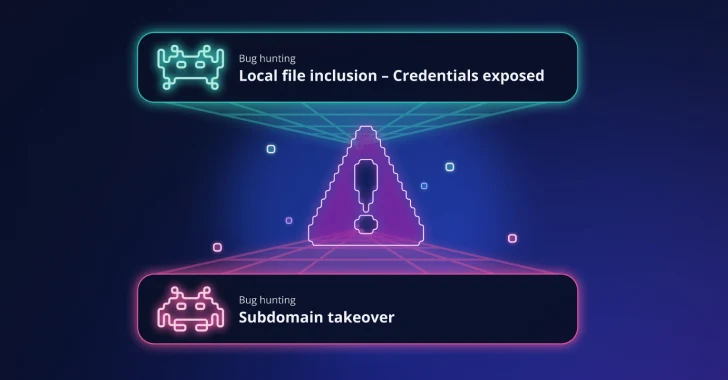LG Electronics Faces Alleged Data Breach: Source Code and Credentials Exposed
In a recent cybersecurity development, a threat actor identified as 888 has reportedly leaked sensitive data from LG Electronics, a leading global electronics manufacturer. The breach, first reported on November 16, 2025, is said to encompass source code repositories, configuration files, SQL databases, and critically, hardcoded credentials along with SMTP server details. This exposure potentially jeopardizes LG’s internal communications and development processes.
Details of the Alleged Breach
The data leak was brought to light through a post on ThreatMon, a platform that monitors dark web activities. In this post, 888 shared samples to substantiate the authenticity of the breach. The compromised data reportedly originates from a contractor’s access point, suggesting a supply chain vulnerability rather than a direct attack on LG’s corporate infrastructure.
Implications of Hardcoded Credentials
The presence of hardcoded credentials within the leaked data is particularly concerning. Such credentials, embedded directly into code for convenience, pose significant security risks. They could enable unauthorized individuals to impersonate LG personnel or gain access to connected services. Furthermore, the exposure of SMTP credentials, which are responsible for managing email routing, raises the possibility of phishing campaigns or spam operations masquerading as legitimate LG communications.
Background on the Threat Actor 888
The individual known as 888 has a history of high-profile cyber activities. Active since at least 2024, this threat actor has targeted major entities such as Microsoft, BMW Hong Kong, Decathlon, and Shell. Their typical modus operandi involves collaborating with initial access brokers and utilizing infostealer malware. Monetization strategies often include demanding ransoms or selling stolen data on breach forums, with transactions conducted via cryptocurrency. In the case of the LG incident, no public ransom demand has been confirmed. However, the shared samples indicate the presence of substantial proprietary code, potentially compromising LG’s intellectual property in consumer electronics and smart appliances.
LG’s Response and Broader Context
As of now, LG Electronics has not issued an official statement regarding the alleged breach. This incident coincides with a challenging period for the company. In October 2025, LG’s telecommunications subsidiary, LG Uplus, confirmed a separate breach that affected customer data. This occurred amidst a series of cyberattacks targeting South Korean telecom companies.
Experts speculate that these incidents may share common vulnerabilities, such as unpatched flaws in cloud integrations or third-party tools. The exposure of source code could potentially reveal weaknesses in LG’s Internet of Things (IoT) devices, thereby increasing risks for millions of users worldwide.
Recommendations for Mitigation
In light of these developments, security firms advise organizations to proactively scan for leaked credentials using tools like Have I Been Pwned and to promptly rotate any compromised keys. This alleged breach underscores the fragility of global supply chains, where a single contractor’s security lapse can lead to significant corporate vulnerabilities. For LG, swift disclosure and remediation efforts will be crucial in mitigating the fallout from this incident amid the ongoing landscape of cyber threats.



